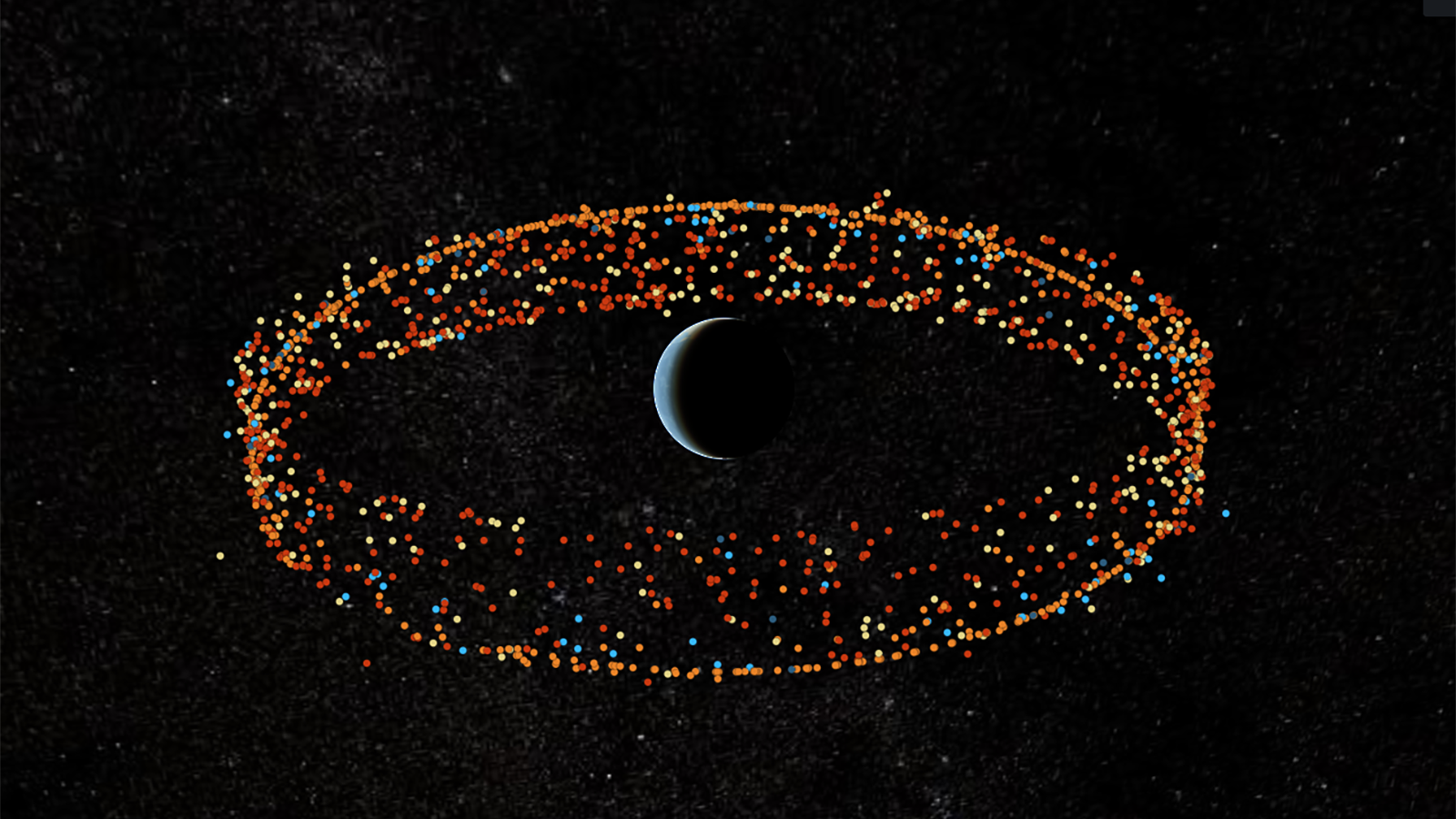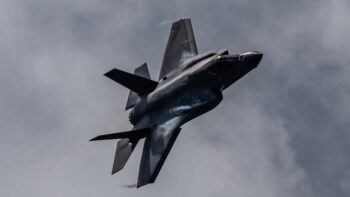
The Satellite Dashboard is an example of an open source tool to monitor close approaches of satellites and debris in space, produced by the Center for Strategic and International Security, the Secure World Foundation, and the University of Texas at Austin. (Satellite Dashboard)
WASHINGTON — An exoatmospheric intercept by Israel of a Houthi-launched ballistic missile in November 2023 highlighted Jerusalem’s growing counterspace prowess, according to a new report from the Secure World Foundation.
That feat, among other new information gleaned from the war in Gaza, earned Israel its own entry into the Secure World Foundation’s annual Global Counterspace Capabilities report [PDF] this year — the “biggest change” over previous editions, according to report editor and Secure World Foundation Chief Program Officer Brian Weeden.
According to the report, Israel’s Arrow-3 missile defense system used for the November intercept demonstrates a “theoretical” ability to directly attack satellites on orbit, though it has not been tested for that role.
The report notes widespread GPS interference operations connected to Gaza, but also to the war in Ukraine, with spillover effects from both conflicts affecting civil aviation and shipping via attacks on navigational systems. Those attacks are typically aimed at receivers and ground systems through steps like jamming or spoofing signals, rather than directly attacking the satellites themselves.
“That is just growing out of control. And I don’t see anybody talking about what we’re going to do about it,” Weeden said of the GPS interference in a briefing with reporters Thursday.
Israel’s potential for counterspace operations comes as other space players like Australia and France have been “actively researching and looking to get offensive counterspace capabilities,” said report co-editor and SWF Chief Director, Space Security and Stability Victoria Samson, who argued that the push for offensive rather than just defensive counterspace tools is “proliferating” around the globe.
“That’s a mindset shift that I’m actually kind of surprised about,” she said during the briefing ahead of the report’s release. “It’s really just over the past couple of years that we’ve seen it.”
In response to kinetic threats to satellites, the US Space Force has been moving to proliferate constellations — meaning that satellites will be smaller and more numerous, reducing the effect of blowing one up or disabling it.
Countries have recently been shifting away from destructive anti-satellite weapons, Weeden said, adding that those “appear to be now mostly political signaling capabilities and not things that are important militarily.”
One possible example the report chronicles is the recent revelation by the Biden administration that Russia is allegedly developing a co-orbital nuclear weapon, though Weeden said it was difficult to characterize because public information on the weapon is scarce.
“We have no idea if it’s going against LEO [low earth orbit], something like Starlink, or going against GEO [geosynchronous orbit] assets. We honestly don’t know. But plausibly, that could be one potential response to a proliferated constellation,” he said.
Non-kinetic attacks are continuing in the meantime, the efficacy of which Weeden said “depends on the capability you’re talking about.”
Beyond the aforementioned jamming and spoofing, cyberattacks, for example, are also a growing threat, the report notes. Russian cyber attacks were also “pretty darn effective” in interrupting ViaSat’s coverage in the opening days of the invasion of Ukraine, Weeden said, but Ukraine was soon able to start using Starlink, which the report notes “has proven much more resistant to cyber attacks.”
“[S]omething to keep in mind is that a cyber attack may not go after the satellites, and actually most likely will not,” Weeden said. Instead, state and non-state actors alike may be more inclined to use cyber warfare against supporting infrastructure like modems, the target of the ViaSat cyber attack.
Citing expert analysis, the report notes that satellite networks are still highly vulnerable to intrusion due to “the state of cybersecurity for satellite infrastructure remain[ing] dismal.”
Meanwhile, space debris continues to float around the globe, much of it from previous destructive anti-satellite tests. Russia’s 2021 test created around 1,800 pieces of tracked debris, according to the report, though much of that has fallen out of orbit. Just 67 pieces of debris remain from the 2021 test, the report notes, though Weeden emphasized that applies only to debris about 10 centimeters or larger that can be tracked and can be properly associated with the test.
Lastly, the report briefly wandered into the mysteries surrounding the secretive American X-37B space plane, with Weeden noting “increasing similarities” between it, the Chinese Shenlong and a “emerging” space plane program in India. Of the X-37B, the report said that the American bird climbed to a “much higher altitude” than previous flights following its seventh launch in December 2023.






















